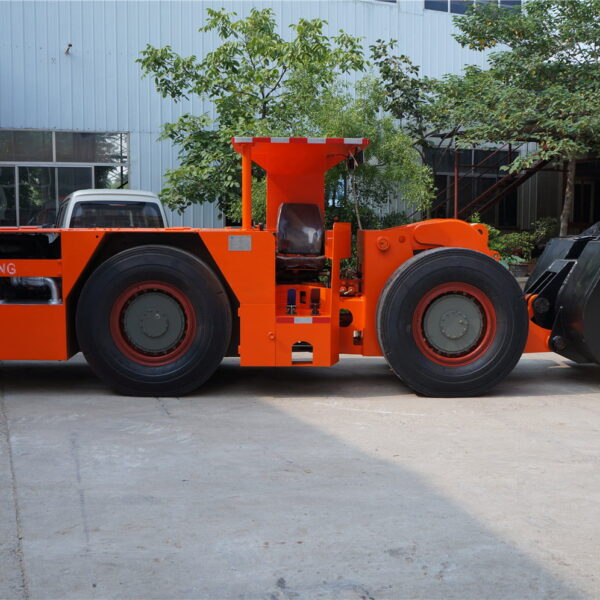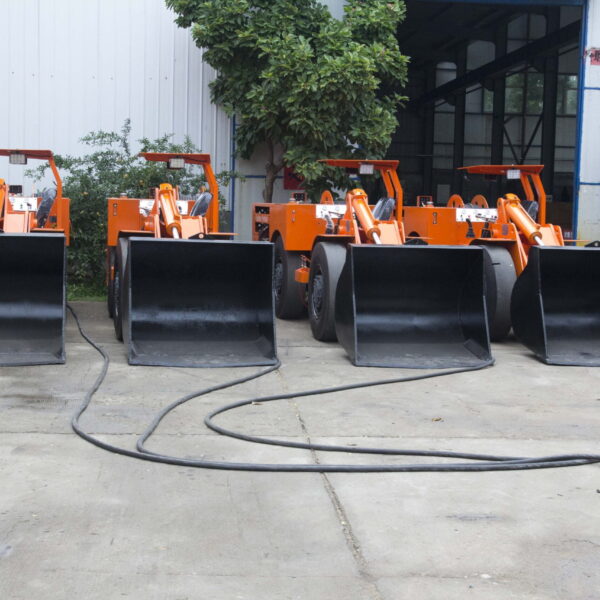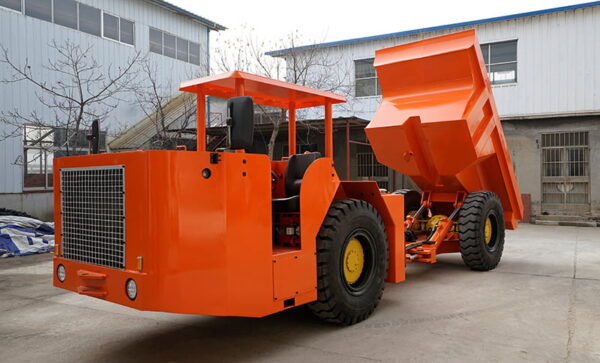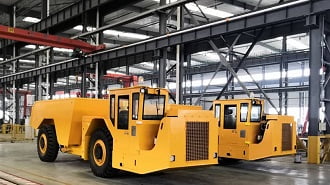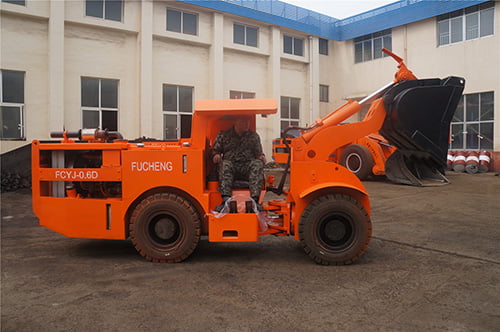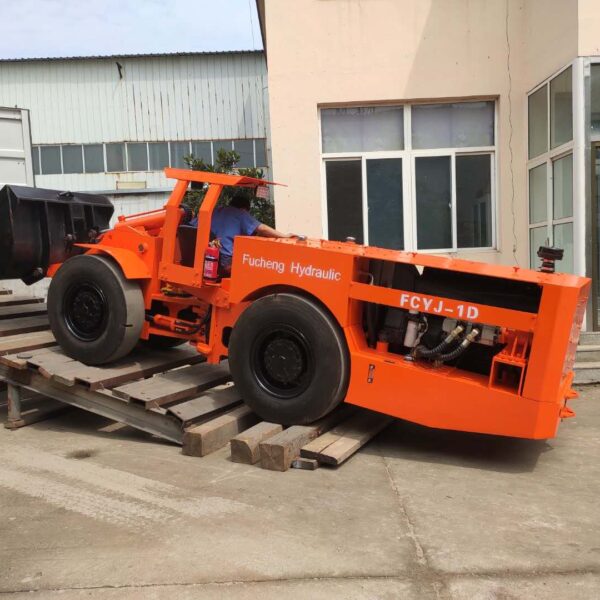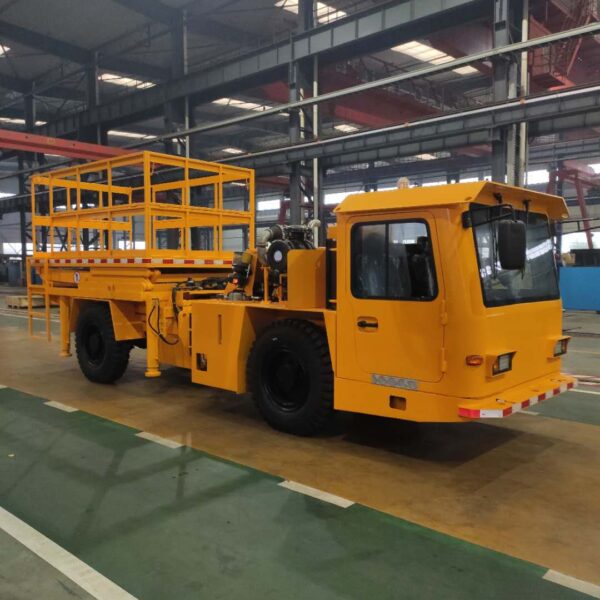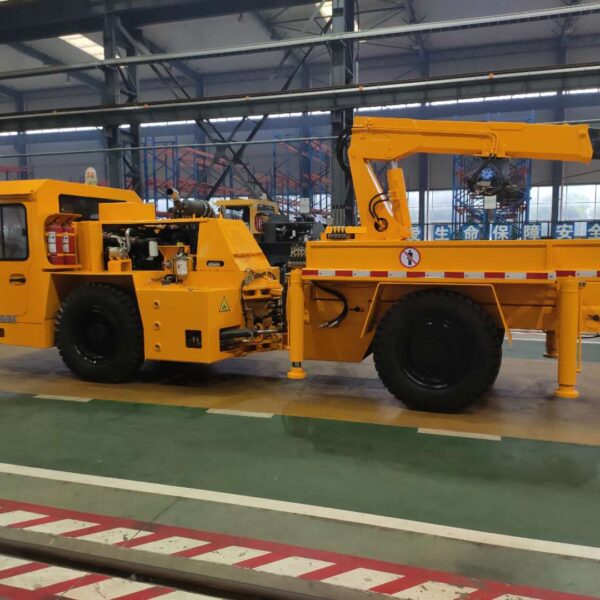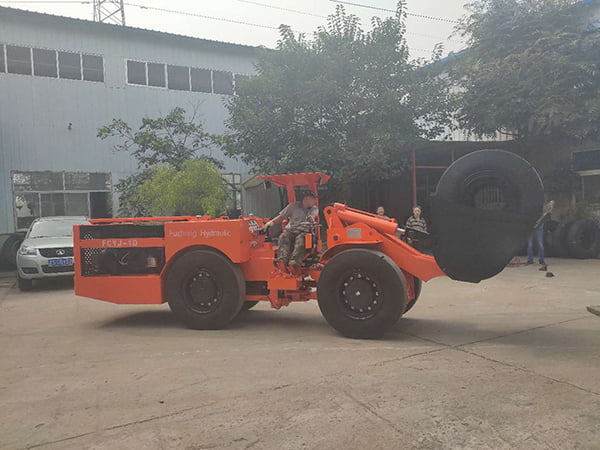Hydraulic valve lifters normally don’t need manual adjustments. But there comes a time when you have to consider this aspect. Partial disassembly of the valvetrain prompts the adjustment of the hydraulic lifters.
Do you want to adjust the hydraulic valve lifters manually? If yes, this is the right guide for you to evolve. We will discuss the hydraulic valve lifters and add some tips to fix it precisely-quired the settings precisely.
Let’s highlight it.
What are hydraulic valve lifters?
Hydraulic valve lifters are the smooth components that avoid damage to the engine and clear up the mess in the system. They work with the valve, camshaft, pushrod, and rocker arm. The valve opening and closure ensure zero clearance in the system.
The fluid-filled in them helps maintain their motion and avoid manual adjustments. However, some cases require special adjustments of the hydraulic valve lifters.
How do hydraulic valve lifters work?
Hydraulic valve lifter ensures easy operations for the hydraulic systems. Automated oil transfer adjusts the clearance between various parts, such as the camshaft, pushrod, and valve.
If you are wondering how it works, we have screened out this process as below.
- Camshaft Movement. The camshaft movement pushes the hydraulic lifter upward. The movement is then transferred to the pushrod and rocker arm that opens the valve.
- Oil pressure activation. A hydraulic lifter has a small piston with a fluid-filled cavity. When the engine starts, oil moves through the holes inside the fluid cavity in the lifter. The oil pressure pushes the piston and creates an automated clearance in the valvetrain.
- Self-adjustment. The process ensures the clearance between the camshaft and other components. It provides a safe hydraulic system operation and saves the engine from wearing out earlier.
- Compression and release. In this aspect, the camshaft lobe moves away, which compresses the hydraulic lifter. This phenomenon closes the valve while relying on the cushion strength of the oil in the hydraulic lifters.
Step-by-step guide to adjust the hydraulic valve lifters
Hydraulic lifters are the heart of any engine. They come with self-adjustment features due to their operating mechanisms.
However, you must follow the steps below when they need manual adjustments.
Step 1: Grab the Right Tools
What do you do before fixing up something? Grab the needed tools and adjust the whole case, right? It is the right time to do all this.
Understand all the necessary tools required for the manual adjustments of the hydraulic lifters.
Common tools include:
- Socket set and wrench
- Torque wrench
- Screwdriver
- Feeler gauge (optional for checking)
- Ratchet or breaker bar
- Valve cover gaskets
These tools help in the assembly and disassembly of the hydraulic parts.
Step 2: Prepare your Engine
You have to dive into your engine. Confirm the following points:
- Your engine is not running anymore. If it is running, turn it off. Please wait for a few moments until it gets cold.
- It is time to disconnect the batteries connected to your engine and relevant systems.
Show your skills by pulling off the valve cover. Fetch the necessary tools for better cover removal.
Step 3: Find the Top Dead Center
Grab the beaker bar or ratchet and rotate your engine efficiently. Do this until the one cylinder is at the top dead center.
Do you want to confirm it? Deploy the timing marks and timing light.
Step 4: Check Lifter Clearance
Assessment of the lifter clearance is of paramount significance. All you have to do is follow the steps below.
- When your number one cylinder lies at the top dead center, confirm both intake and exhaust valves are closed now.
- Give pressure on the pushrod and check the firmness for the play between the lifter and valve. Make sure it is not too tight for the current situation.
Step 5: Adjust Lifter
Now is the time to move toward the crucial job we have tried. Follow the below steps in this case.
- Get your screwdriver to loosen the rocker arm nuts. Tighten it up by moving the pushrod with your fingers. Can you feel the resistance? That is the point for the zero lash. At this point, the push rod touches the lifters.
- 1/4 to 1/2 turning the nut further can properly fix the lifter. It will build up the oil pressure and keep the lifter tight.
- Repeat the above process for each valve. Confirm the proper functionality and clearance in the engine system.
Step 6: Reassemble Engine
Have you completed the above processes and ready to do more for your engine? Don’t worry anymore as you have to test all the tasks you have done. For example:
- Fix all the valves and reinstall the engine. Install the valve covers.
- Reconnect battery.
- Start your engine. Assess the smoothness of operations. Notice any other issues coming during the operation.
Step 7: Listen for Valve Noise
If you are still determining if you have done the right lifter adjustment, the simplest way is to assess the valve noise. You can do this by evaluating the noises coming out of the engine.
If there is a ticking noise, you have done the wrong steps. Fix your hydraulic lifter using the above procedure again and understand if it works properly.
Tips regarding the adjustment of hydraulic valve lifters
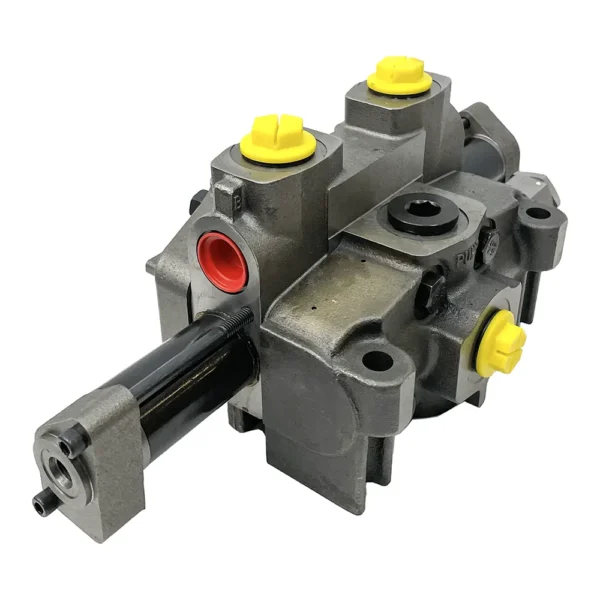
Opting for the best practices can save you from the coming hassles. The impactful deal is to consider all the positive tips for your efforts.
For example:
Bring in the right tools.
Bag all the necessary tools. For example, the torque wrenches can provide an angled rotation and tightening of your hydraulic valves. Get quality screwdrivers and have additional tools for better safety.
Remember to bring in gloves and, sometimes, safety goggles.
Ensure the engine is turned off and cold.
Adjusting any part of the engine requires the disconnection of the battery. Read the manufacturer’s manual or get an online guide to turn off your engine.
Once you have turned off the engine, wait at least half an hour to let it cool. A hot engine can burn your skin even in the gloves.
Remember to check the noises.
After you have adjusted to the hydraulic lifters, don’t forget the testing phase. It ensures you land the best experience and confirms the accuracy of your work.
Assess the seamless operations of various parts of your engines. Check for any noises as well.
Involves experts
If you are a beginner and don’t know how to adjust the valves, relax! Contact the experts and involve them in the fixing process. It will reduce the risks of errors and optimize your hydraulic lifter lifespan.
Read the manufacturer’s manual.
Do you have the manufacturer’s guide for the engine operation? Open it up and read through the whole operation process. Also, understand the various notes and tips added for the next-gen operations of your hydraulic lifters.
Benefits of hydraulic valve lifters
We have talked so much about hydraulic valve lifters. You might have thought they were so important or not.
If yes, check the benefits of the hydraulic valve lifters:
Reduced maintenance
Don’t worry about the hydraulic valve lifters being adjusted. They don’t need the frequent adjustments. Their self-adjustment mechanism is so strong that they operate according to the engine conditions and adapt themselves based on the various conditions.
Remove your hassle for the regular adjustments and enjoy mental peace.
Quiet Operations
Hydraulic valve lifters aim to smoothen the engine operations. Its powerful oil functioning acts like a cushion. Therefore, all noises coming out of the engine get masked. Plus, it allows easy operations of all parts. Even if your engine has a high or low temperature, it provides zero clearance.
Longer lifespan
If you are thinking of durability, hydraulic valve lifters are beneficial for both aspects:
- Hydraulic valve lifters have a longer lifespan. They comprise powerful components and give unending results. They are less likely to wear even in extreme conditions
- Hydraulic valve lifters maintain themselves and ensure the long life of the engine components. They reduce the noise, leading to smooth operations. Cushion-like features from the fluids promise a seamless operation. Therefore, it benefits both systems, including the engine and relevant parts.
Improve consistency
Do you want consistent performance from your hydraulic valve lifters? They are already giving their 100%.
Over the years, they don’t lose their expected performance. You can expect extended performances from the hydraulic valve lifters and enjoy the next-level performance.
Conclusion
Hydraulic valve lifters are one of the crucial components that ensure zero clearance. Its low maintenance and easy accessibility make it the ultimate choice for users.
All you must do is to find the quality suppliers for your hydraulic valves. Do you have a quality one?
Jinan Fucheng Hydraulic Equipment Co. has been the number one supplier since 2002. Our hydraulic valves are of premium quality, requiring less maintenance and extended lives. Whether beginner or pro, you can operate our tools without any tension. Check out the top tools now!


